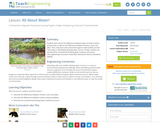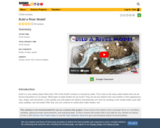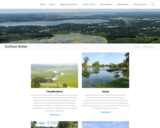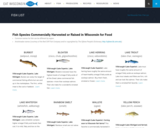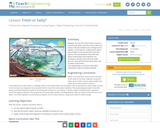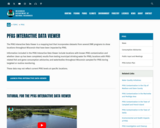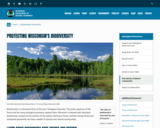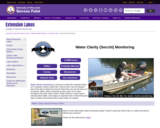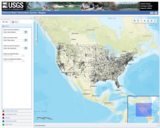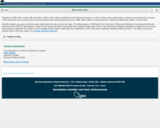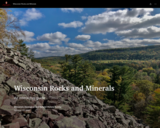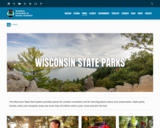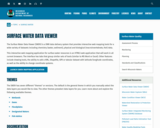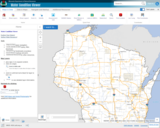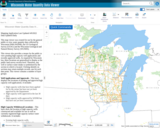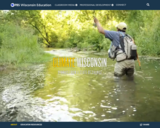
Climate Wisconsin is an educational multimedia collection featuring stories about the impact of climate change in Wisconsin.
LEARNING GOALS:
Expand understanding of how climate change impacts life in Wisconsin.
Connect personal observations to the study of climate and environmental science.
Identify actions that may impact changes to our climate.
- Subject:
- Agriculture, Food and Natural Resources
- Art and Design
- Astronomy
- Atmospheric Science
- Biology
- Business and Information Technology
- Career and Technical Education
- Character Education
- Composition and Rhetoric
- Earth and Space Science
- Ecology
- Education
- Elementary Education
- English Language Arts
- Environmental Literacy and Sustainability
- Environmental Science
- Family and Consumer Sciences
- Fine Arts
- Forestry and Agriculture
- Geography
- Geology
- Health Education
- Health Science
- Higher Education
- Life Science
- Literature
- Marketing, Management and Entrepreneurship
- Media Arts
- Reading Foundation Skills
- Reading Informational Text
- Reading Literature
- Social Studies
- Material Type:
- Activity/Lab
- Diagram/Illustration
- Homework/Assignment
- Interactive
- Author:
- PBS Wisconsin Education
- Date Added:
- 04/21/2024
